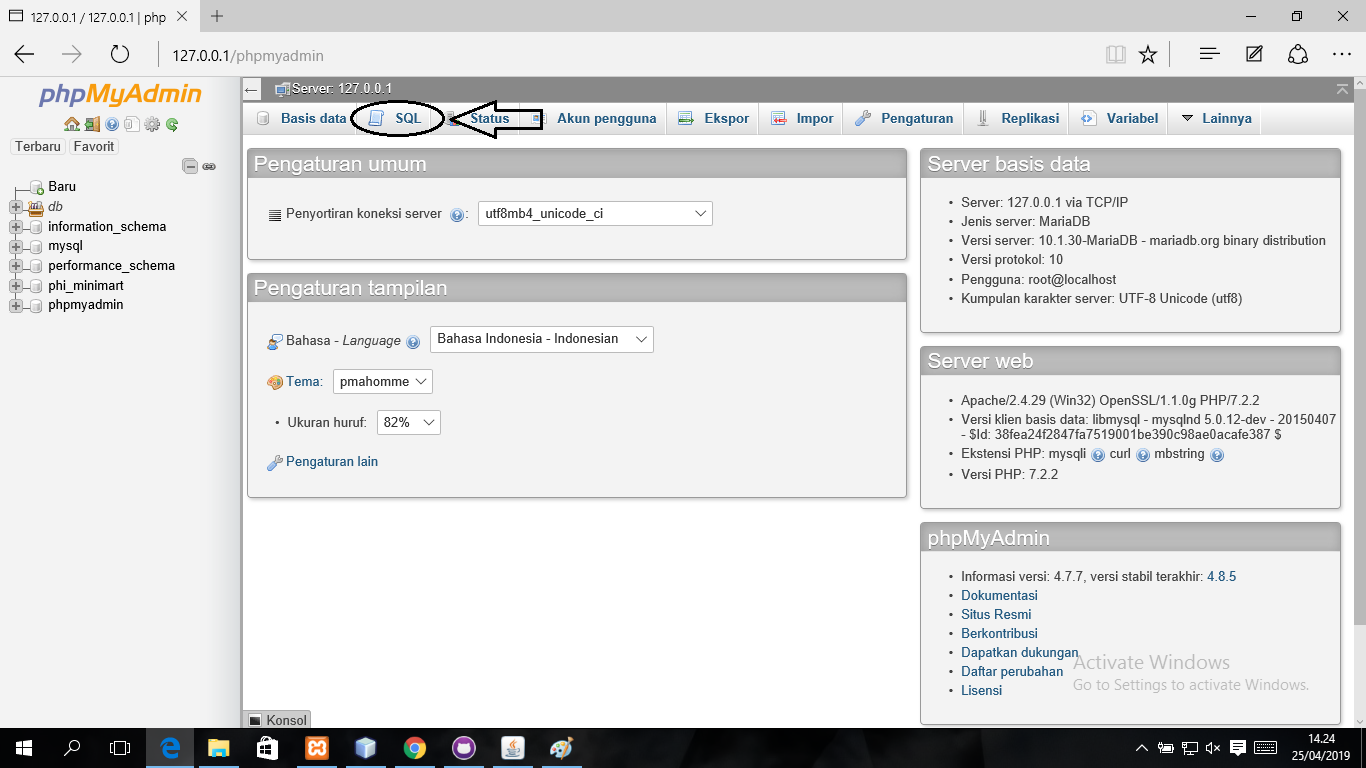


then we looked at commonly used orms like hibernate, mybatis, and apache cayenne. we started with the essential jdbc connection. in this tutorial, we have seen several different ways to connect to a mysql database from java. the application you build in this tutorial involves the creation of two jsp pages.
Tutorial crud java netbeans mysql driver#
Rest Java Restful Webservice Crud Opreation Using Netbeans Ide Stack OverflowĮssentially, it is the mysql connector j jdbc driver that enables communication between the java code understood by the application server (the glassfish server), and any content in sql, the language understood by the database server (mysql). finally, we took a look at spring data jpa and spring data jdbc.

Essentially, it is the mysql connector j jdbc driver that enables communication between the java code understood by the application server (the glassfish server), and any content in sql, the language understood by the database server (mysql).
Tutorial crud java netbeans mysql how to#
Crud operation java netbeans 8.2 with mysql database imran khalil 376 subscribers subscribe 105 14k views 2 years ago learning how to perform crud operation using web. however, note that these instructions are not applicable to mysql only. we start by exploring a mysql database, for which we create an entity class. this tutorial shows you how to integrate a mysql database into a netbeans platform application. you can edit it in github following these contribution guidelines. List result = session.createQuery("from Person", Person.class).Membuat Crud Menggunakan Java Netbeans Gui Dengan Database Mysql 02 Now that we have our connection set up, we can run a query to select all the people from our person table: Session session = sessionFactory.openSession() SessionFactory = new MetadataSources(registry).buildMetadata().buildSessionFactory() StandardServiceRegistry registry = new StandardServiceRegistryBuilder().configure().build() Typically, this only needs to be set up once for an application: SessionFactory sessionFactory Once we complete the configuration, we'll use the SessionFactory class, which is the class responsible for creating and pooling JDBC connections.

As we're focussing on MySQL in this article, we'll stick with the MySQL5Dialect dialect.įinally, Hibernate also needs to know the fully-qualified name of the entity class via the mapping tag. Hibernate ships with more than 40 SQL dialects. This property is used by the framework to correctly convert Hibernate Query Language (HQL) statements into the appropriate SQL for our given database. Apart from the standard connection properties, it is worth mentioning the dialect property which allows us to specify the name of the SQL dialect for the database. Hibernate has many configuration properties. Jdbc:mysql://localhost:3306/test?serverTimezone=UTC Let's go ahead and define the Person class: = "Person")Īnother essential aspect is to create the Hibernate resource file, typically named, where we'll define configuration information: Hibernate requires that an entity class must be created for each table. In this section, we'll see how to use Hibernate to manage a JDBC connection to our database.įirst, we need to add the hibernate-coreMaven dependency:


 0 kommentar(er)
0 kommentar(er)
